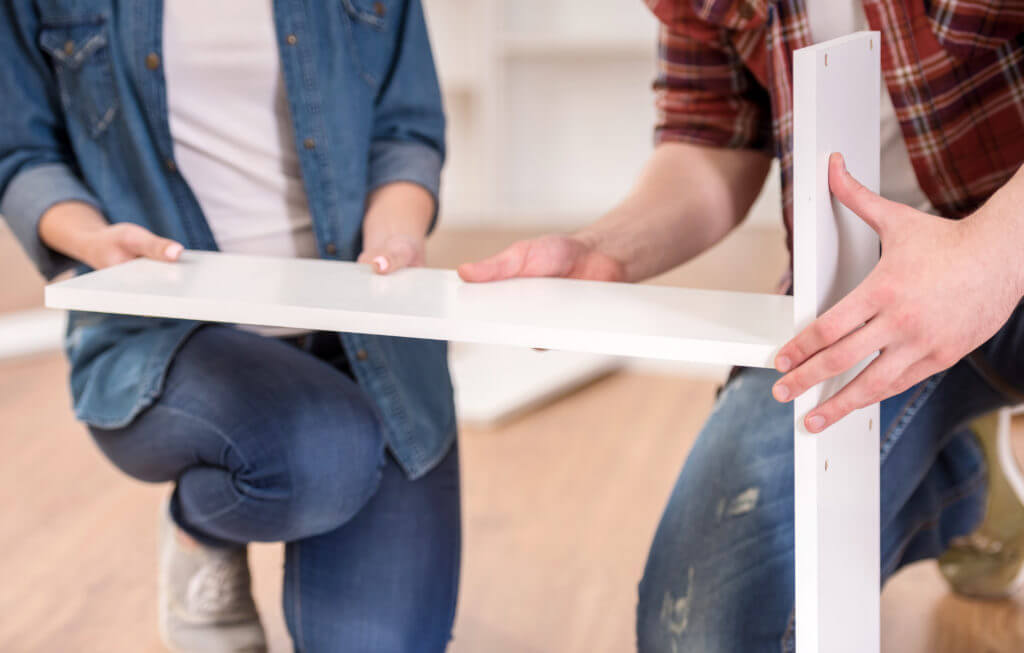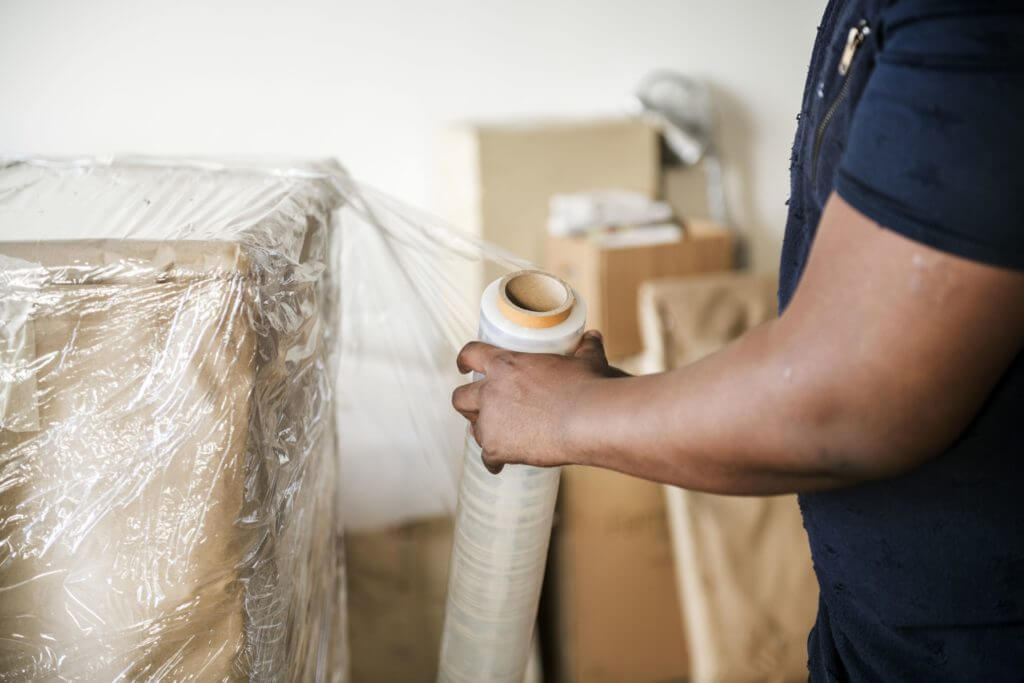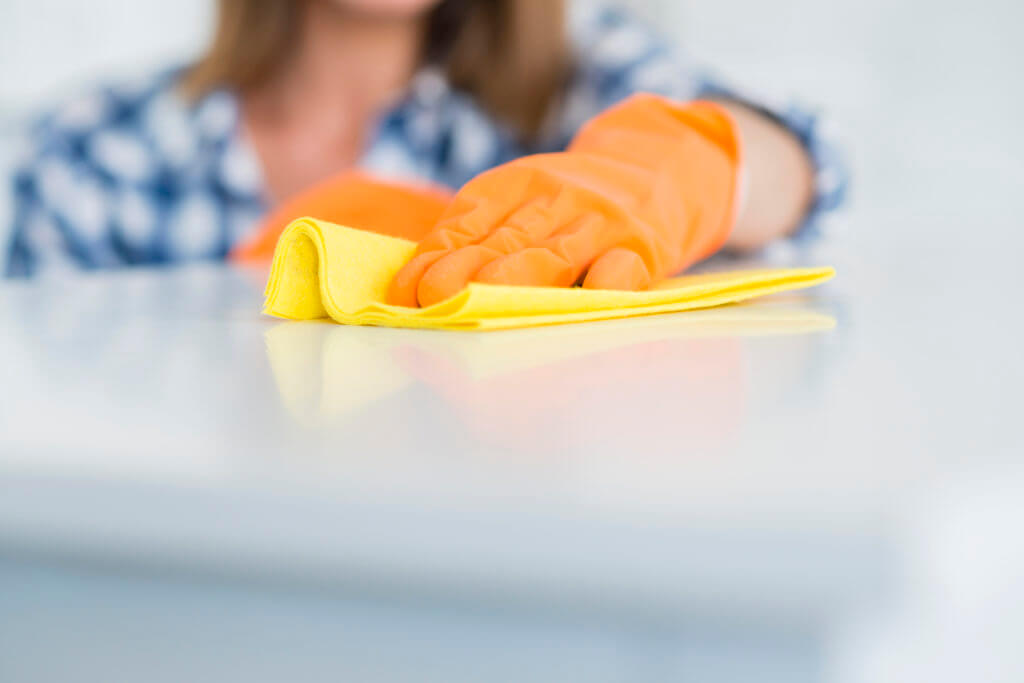Your furniture is more than just functional; it’s an investment and a part of your home’s story. Whether you’re moving house, renovating, downsizing, or simply decluttering, a self-storage unit is the perfect solution for keeping it safe.
However, simply placing furniture in a unit without proper preparation is a recipe for disaster. The UK’s damp climate can lead to mould, mildew, and warping, while improper packing can cause scratches and breakage. This definitive guide will walk you through the professional, step-by-step process of preparing and storing your furniture to ensure it comes out in the exact condition it went in.
The Foundation: Choosing the Right Storage Unit
Your first decision is the most critical. Not all storage units are suitable for valuable furniture.
- Climate-Controlled Units: This is the gold standard for furniture, especially wood, leather, and upholstered items. These units maintain a stable temperature and humidity level, protecting your belongings from the damaging effects of the UK’s fluctuating climate. It is the best defence against mould, mildew, warping, and splitting.
- Standard Indoor Units: These are a good, budget-friendly option for short-term storage or for less sensitive items (like plastic garden furniture). They are protected from the elements but do not have internal temperature regulation.
- Outdoor Container Units: While great for tools and garden equipment, these are generally not recommended for storing valuable indoor furniture for long periods due to their higher risk of condensation.
Step-by-Step Guide to Perfect Furniture Preparation
Step 1: Clean and Treat Every Piece

Storing dirty furniture is asking for trouble. It can attract pests and allow mould to grow.
- Wood Furniture: Dust and wipe down all surfaces with a gentle wood cleaner. Once dry, apply a quality furniture polish or wax. This adds a protective layer that helps repel moisture.
- Upholstered Furniture (Sofas & Chairs): Vacuum every cushion, crack, and crevice. If possible, professionally steam clean or use an upholstery shampoo, but ensure the fabric is 100% bone dry before it goes into storage. Storing damp fabric is a guaranteed way to cause mildew.
- Leather Furniture: Wipe down with a leather cleaner and apply a leather conditioner to prevent it from drying out and cracking over time.
- Metal & Plastic: Clean with a simple soap and water solution and ensure everything is completely dry to prevent rust or mildew.
Step 2: Disassemble What You Can
This is a crucial step for both protection and space efficiency.
- Take Apart Large Items: Remove table legs, bed frames, headboards, and shelving units. This makes them easier to carry and less likely to be damaged.
- Keep Hardware Safe: Place all screws, bolts, and small parts in a labelled plastic bag and tape it securely to the largest component of the item it belongs to. You’ll thank yourself when it’s time to reassemble.

Step 3: Wrap and Protect Like a Pro
This is where you protect your items from dust, moisture, and impact.
- Wood Furniture: Do NOT wrap wood directly in plastic. This is the most common mistake. Plastic wrap traps moisture against the surface, leading to condensation, mould, and damaged finishes. Instead, use breathable materials like old cotton sheets, moving blankets, or specialist furniture covers.
- Sofas and Mattresses: Use purpose-made plastic sofa and mattress bags. These are designed to be breathable while still protecting from dust and dirt.
- Glass and Mirrors: Tape a large ‘X’ across the surface with masking tape. This won’t stop it from breaking, but it will hold the pieces together if an accident happens. Wrap the item in bubble wrap and then slide it into a flattened cardboard box for extra rigidity.
How to Load Your Storage Unit Strategically

How you pack the unit is just as important as how you pack the furniture.
- Create a Raised Floor: Never place furniture directly on a concrete floor. Use wooden pallets or plastic sheeting to create a barrier that protects against any potential ground moisture.
- Plan Your Layout: Place large, heavy items like wardrobes and chest of drawers against the back wall. Create a central aisle so you can access items at the back without having to empty the entire unit.
- Distribute Weight Evenly: Place heavier items at the bottom and lighter ones on top. Don’t put a heavy box on top of a sofa cushion, as it will leave a permanent indent.
- Stand Sofas on End: To save space, you can often stand sofas on their end. Ensure they are placed on a protective blanket.
- Leave Air Gaps: Leave a small gap between your items and the walls of the unit to allow for air circulation.
Furniture Storage: A Quick Do’s and Don’ts Summary
| Do ✅ | Don’t ❌ |
| Choose a climate-controlled unit for valuable items. | Don’t place furniture directly on a concrete floor. |
| Clean and treat every piece of furniture before storing. | Don’t wrap wooden furniture in plastic shrink wrap. |
| Disassemble large items and keep all hardware safe. | Don’t store damp or dirty upholstered items. |
| Use breathable covers like moving blankets for wood. | Don’t stack heavy items on top of soft furnishings. |
| Create an aisle in your unit for easy access. | Don’t forget to apply polish or wax to wooden surfaces. |
| Label everything clearly. | Don’t cram items in without leaving space for air to flow. |
By following these steps, you are doing more than just storing your furniture—you are preserving your investment. Proper preparation and strategic packing will give you complete peace of mind, knowing your cherished belongings will be safe, secure, and ready for you whenever you need them.
